How to Choose Between Skiing and Snowboarding
Hey there! I'm John, an experienced skiing enthusiast who has spent countless hours on the slopes. Whether it’s skiing, snowboarding, or even cross-country skiing, I’ve got a deep passion and a solid grip on all these winter sports. Today, I want to help you figure out whether skiing or snowboarding is the best choice for you as a beginner. Both sports have their unique thrills and challenges, and I’m here to break it all down for you.
SKiing Vs Snowboarding
Skiing involves sliding down snowy slopes on two long, narrow boards attached to your feet. Each ski moves independently, giving you a lot of control and maneuverability.
Ski poles help with balance and propulsion, making skiing a versatile sport suitable for various terrains. Skiing is not just about speed; it's also about grace and technique.
From the sweeping turns to the precision required to navigate moguls, skiing can be both a peaceful glide and an adrenaline-pumping rush.
Snowboarding, on the other hand, involves riding down slopes on a single wide board. Both feet are strapped in, facing sideways.
This sport is akin to skateboarding or surfing, focusing on balance and edge control. Snowboarders use their body movements to steer and maintain balance.
The sensation of snowboarding is like surfing on snow, offering a unique feeling of floating and carving through the powder. The board’s edges are crucial for control, allowing riders to make sharp, fluid turns.
Learning Curve
As a beginner, skiing is generally easier to pick up. The independent movement of each ski and the use of poles make it simpler to balance and control your speed. Most people find they can start gliding down gentle slopes relatively quickly.
The initial lessons often involve learning how to snowplow, a basic technique that helps control speed and stops. With a few lessons, beginners can progress to parallel turns, which open up more of the mountain for exploration.
Snowboarding has a steeper initial learning curve. Balancing on a single board can be tricky, and falls are common in the beginning. The first few days on a snowboard can be physically demanding, involving a lot of falling and getting up.
However, once you get the hang of it, snowboarding often feels more intuitive and offers a smoother ride down the mountain. Many beginners experience a significant breakthrough around their third day, where everything clicks, and they start linking turns smoothly.
Physical Demands
Skiing is a fantastic full-body workout. It engages your legs, core, and arms as you navigate through the slopes. The use of poles adds an upper body element, making it a comprehensive exercise.
Skiing also demands a lot of leg strength and endurance, especially in the quads and calves. The constant shifting of weight and the need to maintain a crouched position can lead to a serious burn in the muscles, but it’s also incredibly beneficial for overall fitness.
Snowboarding primarily targets your core and legs. Balancing on the board and performing turns requires strong core muscles and leg strength. This sport can be particularly beneficial for improving your overall balance and coordination.
Snowboarding also involves a lot of squatting and maintaining a low center of gravity, which can be quite taxing on the thighs and glutes. The core engagement is continuous as you shift weight from edge to edge, making it a great way to build core stability.
Terrain and Conditions
Skiing is incredibly versatile and adapts well to various terrains and conditions. Whether it’s groomed trails, powder, moguls, or backcountry, skiing allows you to explore different aspects of the mountain with ease.
Skiers can navigate narrow paths through trees, tackle steep slopes, and enjoy wide, open runs. The adaptability of skiing equipment also means you can switch from downhill skiing to cross-country skiing, providing a broad spectrum of experiences on the snow.
Snowboarding excels in deep powder and terrain parks. The wide board helps you float on soft snow, and the sport’s tricks and jumps are best enjoyed in dedicated park areas. However, ice and flat areas can be more challenging for snowboarders.
In powder, the sensation of floating is unparalleled, and many snowboarders seek out fresh, untouched snow for the ultimate ride. In parks, snowboarding shines with its ability to perform jumps, spins, and rail slides, adding an element of creativity and style to the sport.
Equipment and Costs
Skiing requires skis, boots, poles, and bindings. Additionally, proper ski attire, including jackets, pants, and helmets, is essential. Skiing gear tends to be more expensive due to the additional equipment needed.
Quality boots are crucial for both comfort and performance, and well-fitted skis can make a significant difference in control and stability. Many skiers also invest in specialized gear like powder skis, which are wider and designed for deep snow, adding to the overall cost.
Snowboarding gear includes a snowboard, boots, and bindings. The initial cost can be lower since fewer items are required. However, high-quality snowboarding gear can still be a significant investment.
Snowboards come in various shapes and sizes, each designed for specific conditions, from freestyle boards for park riding to all-mountain boards for versatility. The right boots and bindings are essential for comfort and control, and many riders prefer to customize their setups for the best performance.
Whether you choose skiing or snowboarding, the helmet is the most important equipment. Maybe you are planning to buy a traditional ski helmet? I think maybe you should consider a smart ski helmet.
LIVALL RS1 is a ski helmet with bluetooth and speaker. You can connect your helmet to communicate with people or listen to music while skiing. This helmet will not completely isolate the outside noise. It can still hear the sounds of the surrounding environment, allowing you to always understand the situation outside. This smart helmet is by no means inferior.
It also has a fall detection function and a one-button rescue function. Once you have an accident, it can send your location to your preset emergency contacts within 90 seconds. You don’t have to worry about the battery; even at a temperature of minus 20 degrees, it can last up to 8-9 hours.
Safety Considerations
Skiing can be safer for beginners due to the ease of control and balance. However, it’s important to be cautious on steeper slopes and in crowded areas to avoid collisions and injuries.
Wearing a helmet is crucial, and beginners should always be aware of their surroundings. Skiers should also be mindful of their speed and the condition of the slopes, as icy patches can be particularly hazardous.
Learning to fall correctly, by rolling rather than trying to stop abruptly, can also help prevent injuries.
Snowboarding can lead to more falls, especially for beginners. Wrist and shoulder injuries are common, so wearing protective gear like wrist guards and helmets is crucial.
As with skiing, being aware of your surroundings and staying within your skill level is key to safety. Snowboarders should also pay attention to the snow conditions and avoid areas with heavy ice, which can cause sudden slips.
Learning to fall safely, by keeping arms tucked in and rolling, can reduce the risk of injury.
Weather Dependence
Skiing can be enjoyed in a wider range of weather conditions. The equipment and techniques allow for better handling of icy and variable snow conditions, making it a more reliable choice in unpredictable weather.
Skiers can adjust their technique to suit the conditions, whether it’s carving on hard-packed snow or gliding through slushy spring snow. The ability to adapt to different types of snow and weather makes skiing a versatile option for all seasons.
Snowboarding thrives in fresh powder. While it can be done in various conditions, snowboarders generally prefer soft, fluffy snow for the best experience. Icy or slushy conditions can be more challenging for snowboarders.
Powder snow provides a smooth, cushioned ride, allowing for easier turns and less impact from falls. Many snowboarders seek out fresh snowfall and off-piste areas to fully enjoy the sport’s potential. However, in less ideal conditions, snowboarders may find it harder to maintain control and balance.
Long-Term Enjoyment
Skiing is often seen as a lifetime sport. Its lower impact on the body and the ability to start at a slower pace make it suitable for all ages. Many skiers enjoy the sport well into their senior years.
The technique-focused nature of skiing allows for continuous improvement and enjoyment, regardless of age. Family ski trips are common, creating multi-generational bonds over shared experiences on the slopes.
Skiing’s adaptability to various fitness levels and physical abilities also contributes to its longevity as a favorite winter activity.
due to its dynamic and exciting nature. The sport’s focus on tricks, jumps, and freestyle elements often appeals to younger enthusiasts. However, this doesn't mean that older individuals can't enjoy snowboarding.
Many older snowboarders continue to ride and enjoy the sport, often preferring freeride or carving over more aggressive park riding. The culture of snowboarding also encourages individual expression and creativity, making it a sport that can evolve with the rider’s personal style and preferences.
Social and Cultural Aspects
Skiing has a long-standing tradition and a vibrant community. Many ski resorts offer a wide range of activities, social events, and a welcoming atmosphere for skiers of all levels.
The culture around skiing often includes après-ski activities, where skiers gather to enjoy food, drinks, and socializing after a day on the slopes. The camaraderie among skiers, shared through group lessons, ski clubs, and family trips, creates a strong sense of community and tradition.
Snowboarding is often seen as the more youthful and trendy sport. It has a strong connection to the action sports culture, with a focus on creativity and style. Snowboarders often form tight-knit communities, especially in terrain parks.
The snowboarding culture embraces a laid-back, freestyle attitude, with influences from skateboarding and surfing. Events like snowboard competitions and festivals bring enthusiasts together, fostering a sense of belonging and shared passion.
Personal Preference and Goals
Ultimately, the choice between skiing and snowboarding comes down to personal preference and goals. If you enjoy speed, versatility, and a traditional winter sport, skiing might be the right fit. Skiing offers a structured learning process and the ability to navigate a variety of terrains.
On the other hand, if you’re drawn to a more dynamic, stylish, and youthful experience, snowboarding could be your ideal choice. Snowboarding provides a sense of freedom and creativity that is unique to the sport.
Try Both!
If possible, try both skiing and snowboarding. Many resorts offer rental packages that allow you to experiment with both sports. This hands-on experience can help you make an informed decision based on what feels more natural and enjoyable for you.
Spending a few days on skis and then switching to a snowboard (or vice versa) will give you a better understanding of the unique challenges and joys each sport offers. Plus, it’s a great way to maximize your time on the slopes and get the most out of your winter adventure.
Conclusion
Choosing between skiing and snowboarding as a beginner can be a tough decision, but it ultimately depends on your preferences, goals, and the experience you’re seeking on the slopes. Whichever you choose, embrace the adventure, enjoy the journey, and most importantly, have fun out there on the snow!









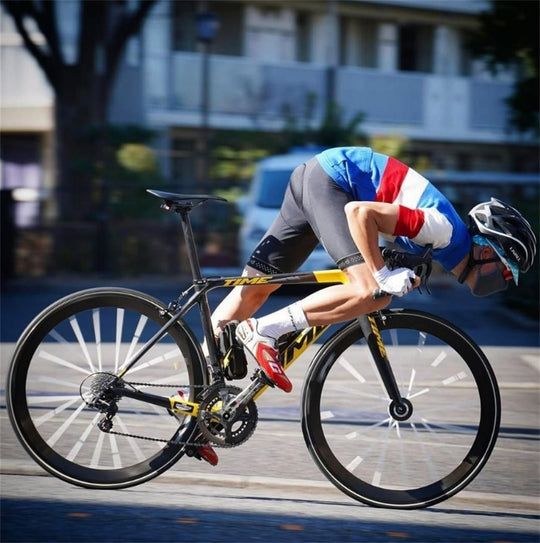
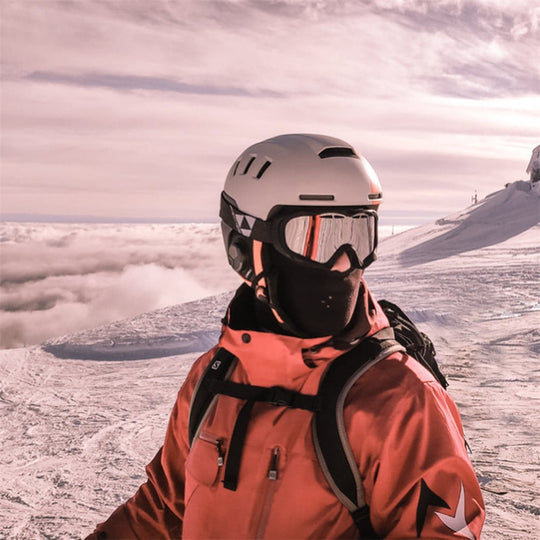
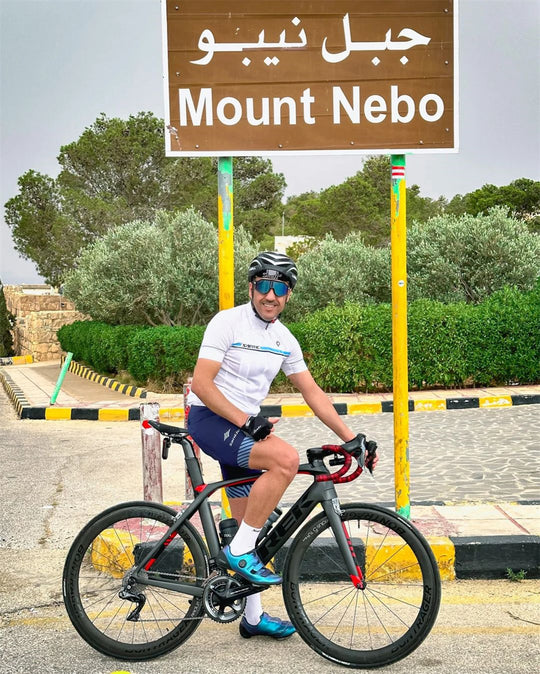
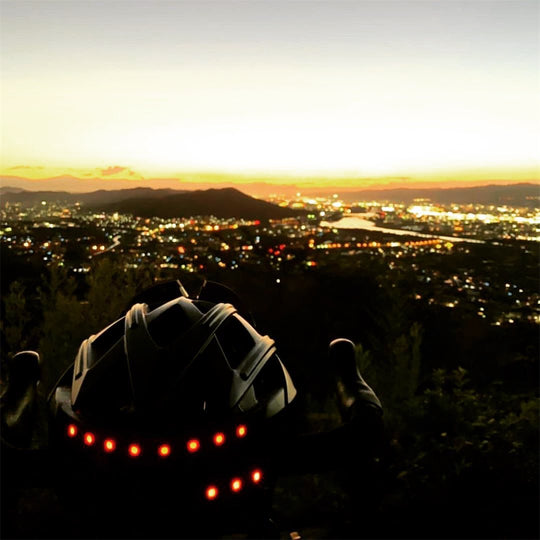
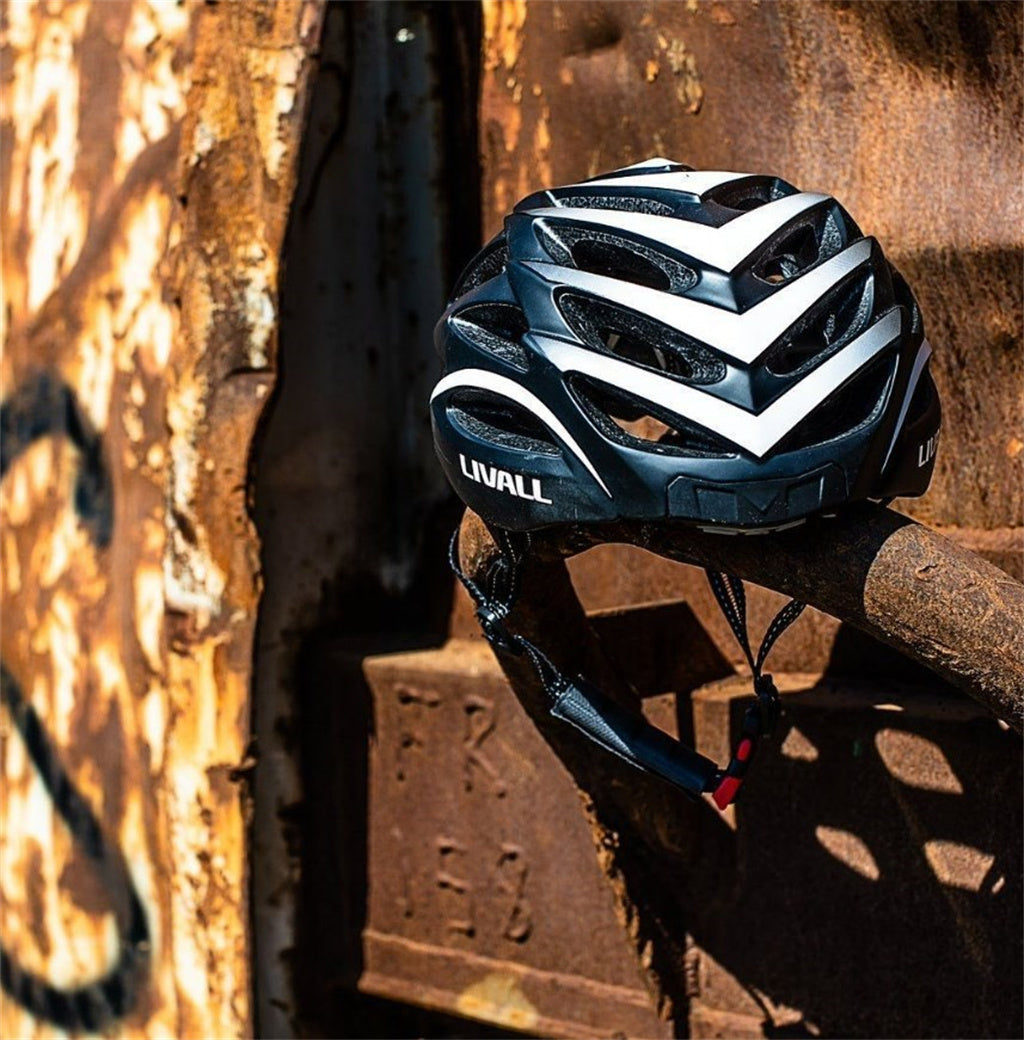
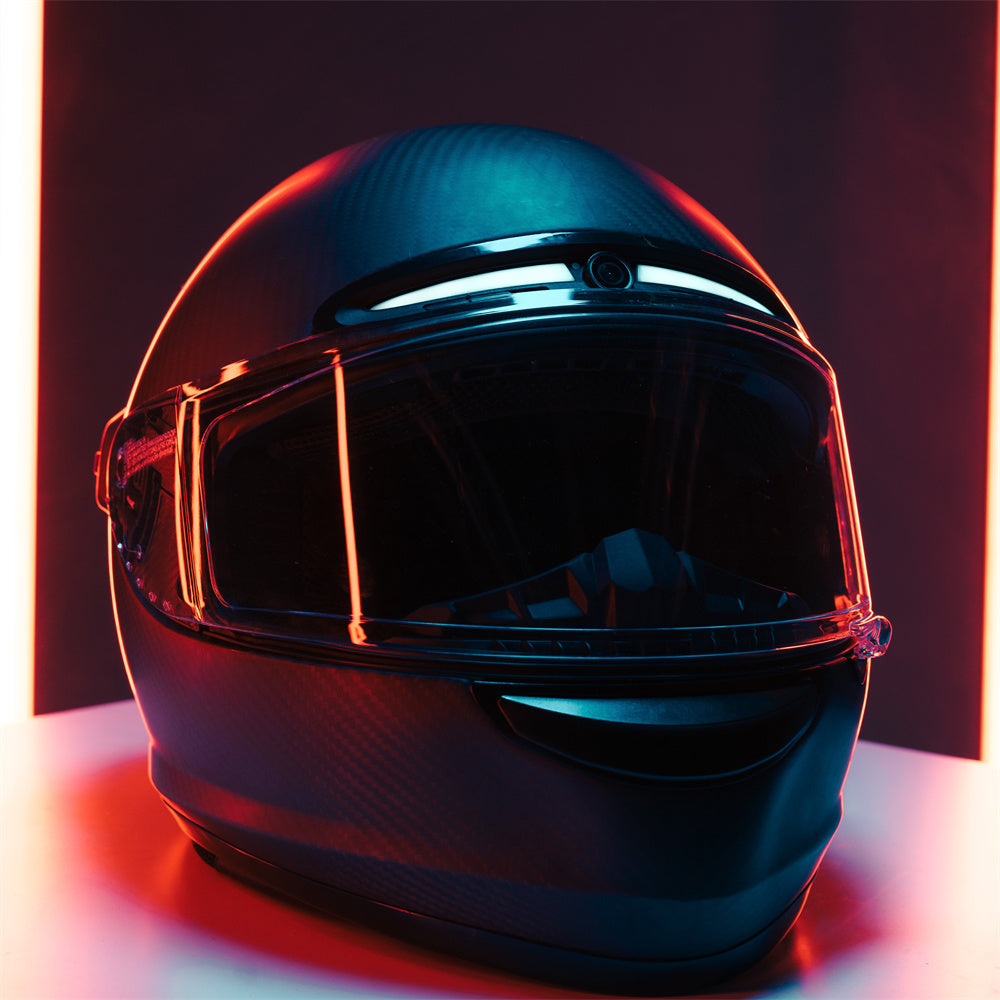
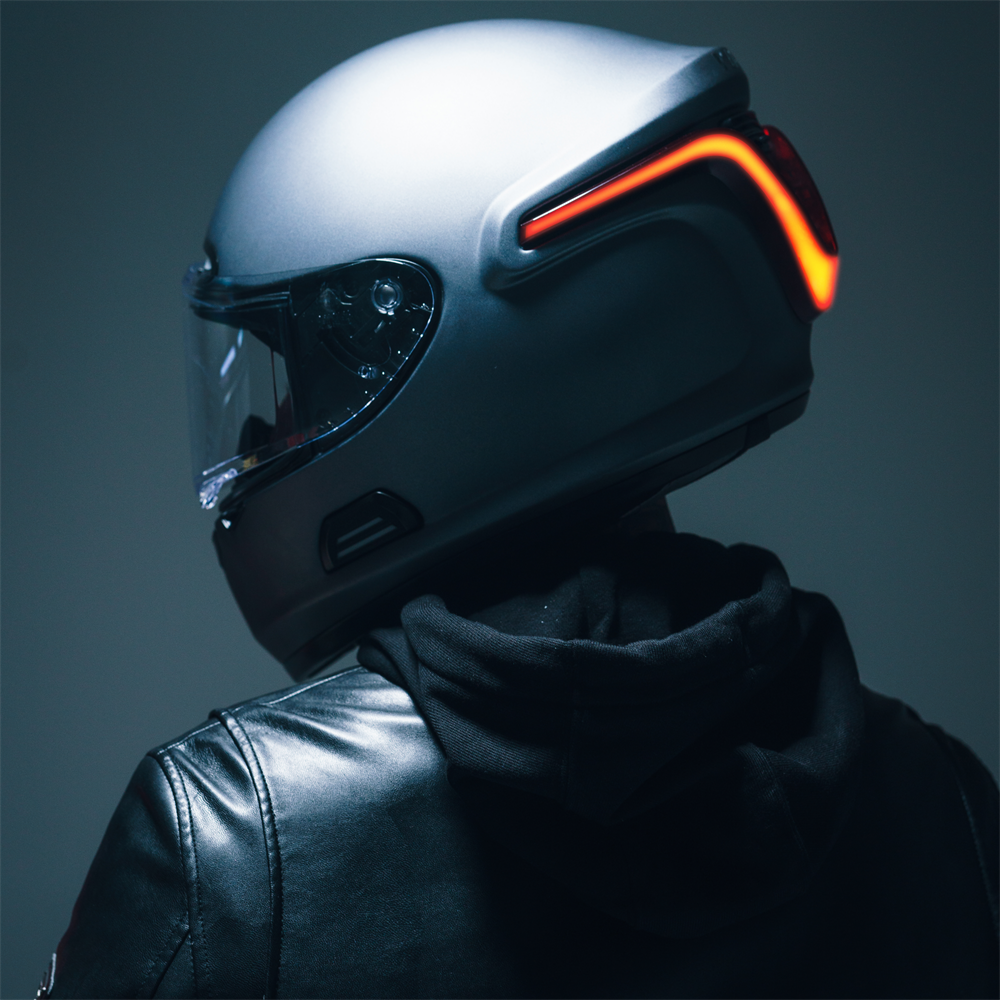
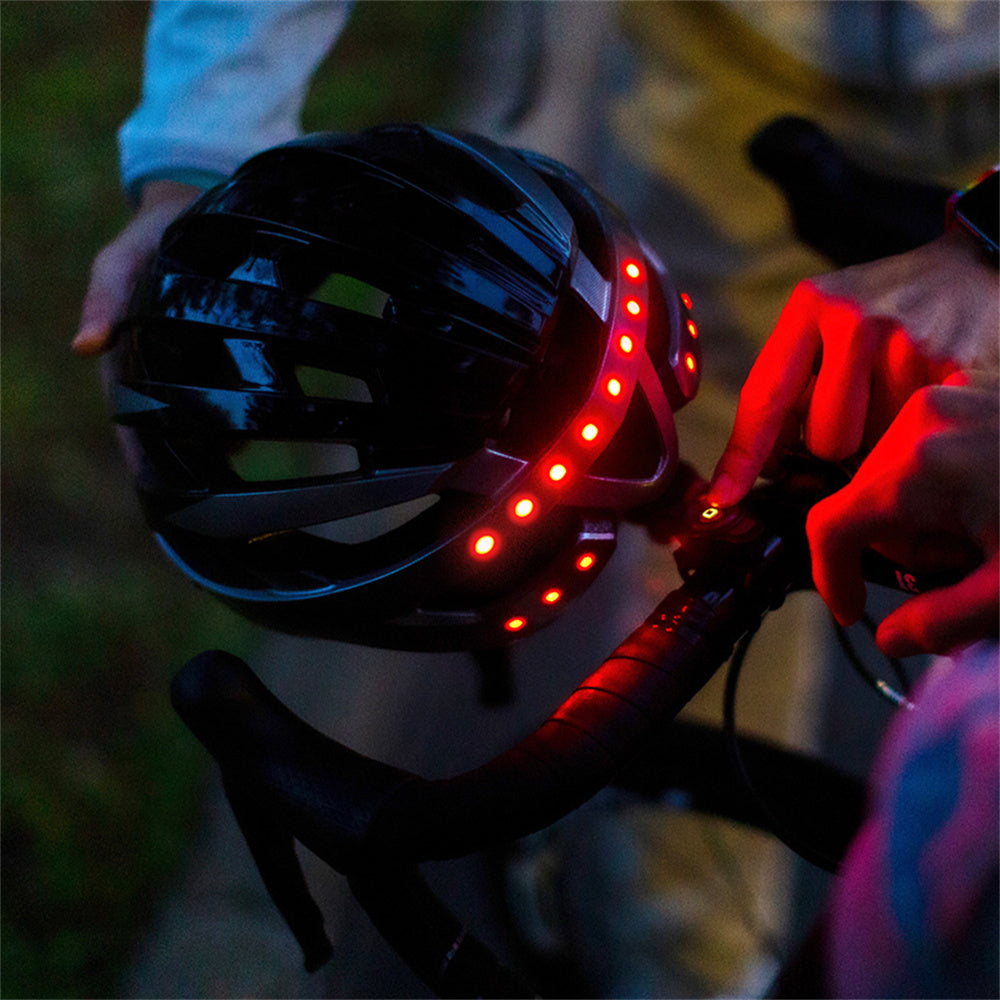
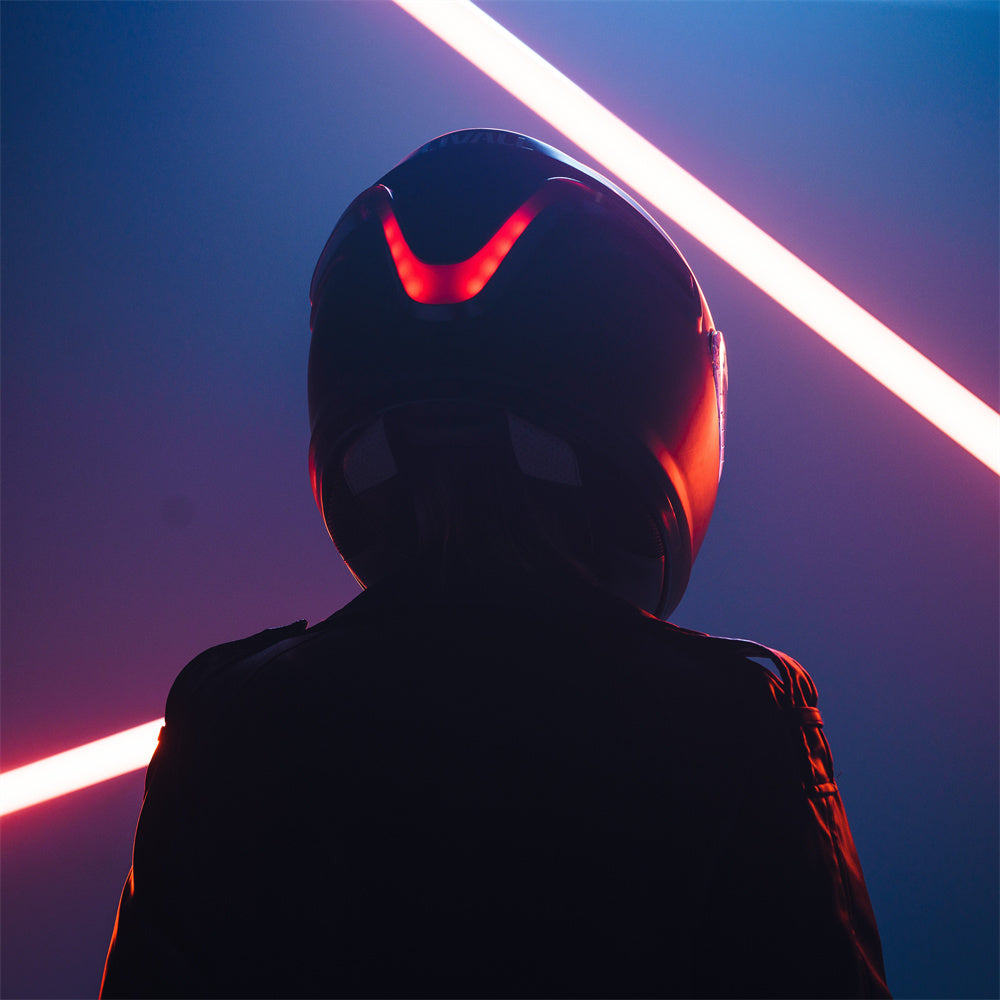
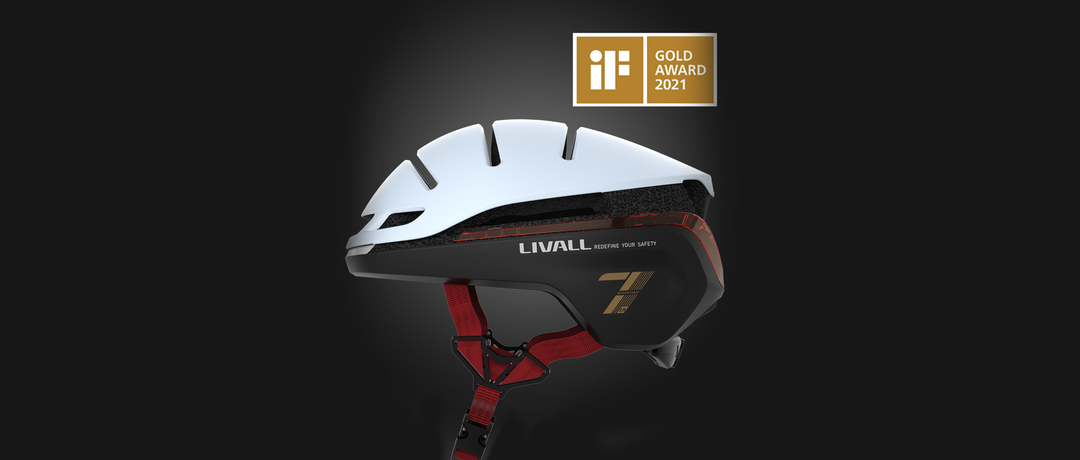



Leave a comment